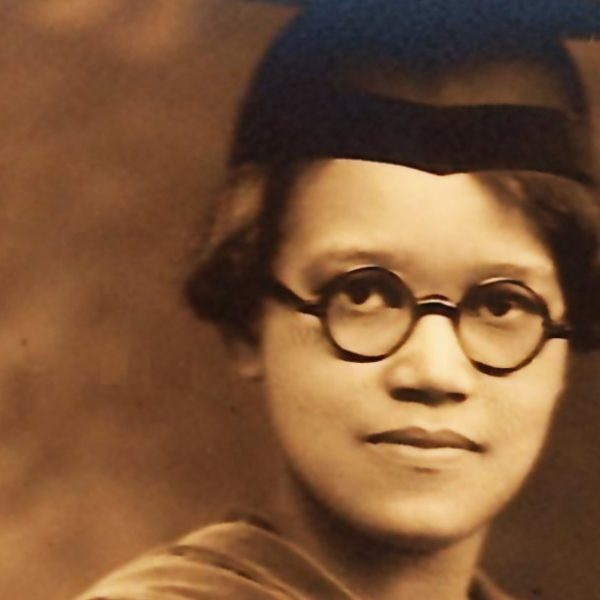The Hanging of Thomas Jeremiah
Not all slave owners were white. On the eve of the American Revolutionary War, South Carolina’s slave population was nearly double that of white Europeans, and while there were a still a handful of free blacks, “free” took a marginalized status in the face of color discrimination. Perhaps the richest man of African descent in British North America, Thomas Jeremiah was an accomplished mariner, harbor pilot, fisherman, and slave owner, worth an estimated ₤1,000, or about $200,000 in today’s currency.
As tensions and conflicts rose in the American colonies, white Carolinians feared that the British  intended to abolish slavery as punishment for any rebellion in the aftermath of battles at Lexington and Concord. Jeremiah was falsely accused of making plans for “instigating the slaves to insurrection,” under orders from the “devilish machinations” of Parliament, and it was not uncommon to hear the plight of Americans described as seeking freedom from their own enslavement by British ministries. Ultimately, Jeremiah was tried and executed on the Charles Town workhouse green on August 18, 1775.
intended to abolish slavery as punishment for any rebellion in the aftermath of battles at Lexington and Concord. Jeremiah was falsely accused of making plans for “instigating the slaves to insurrection,” under orders from the “devilish machinations” of Parliament, and it was not uncommon to hear the plight of Americans described as seeking freedom from their own enslavement by British ministries. Ultimately, Jeremiah was tried and executed on the Charles Town workhouse green on August 18, 1775.
In The Hanging of Thomas Jeremiah: A Free Black Man’s Encounter with Liberty, J. William Harris tells the story of Jeremiah and the two white men on opposite sides of his trial and the revolution: an accuser, Henry Laurens, a prominent merchant, president of the South Carolina Provincial Congress, and slave trader; and defender Lord William Campbell, a British nobleman and last royal governor of the colony. Harris notes that “[all] had risen along with the vast empire; all had succeeded by merit, industry, and acceptance of risk.” What unfolds is the complex and intertwined story of liberty and freedom, seen from the perceived enslavement of free men across the color divide.



